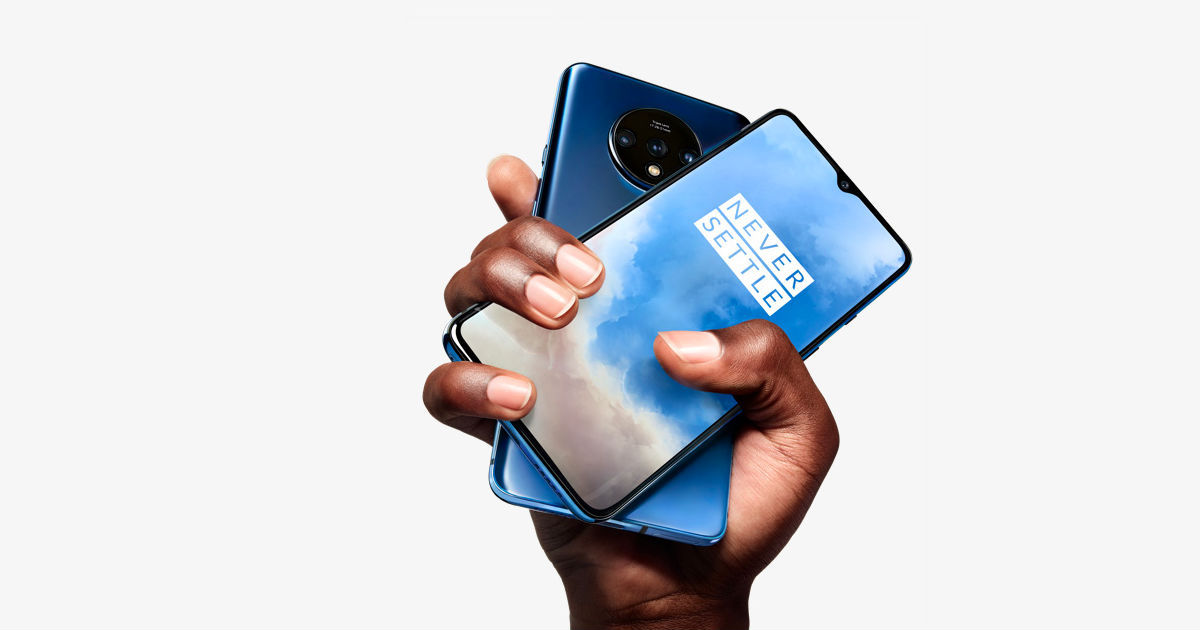
High screen refresh rate ensures smoother scrolling, better animations, and the ability to display more frames per second
Phones with 90Hz display are the new trend in the smartphone industry. In no time, the feature has become just as important as any other aspect of a handset, such as screen resolution, chipset, cameras, battery, and configurations. The high refresh rate of 90Hz (or more) means smoother scrolling and much better animations compared to the average 60Hz refresh rate panel, thus improving the overall user experience. The 90Hz panels have been around for a while – in monitors or gaming phones – but never on a mainstream smartphone. Had it not been for OnePlus to introduce a phone with 90Hz display, who knows we would still be making peace with a lower refresh rate.
What is 90Hz (or 120Hz) display?
There’s a fairly big assortment of 90Hz or 120Hz display smartphones out there, but before we get into that here’s a quick explanation about the tech. The 90Hz or 120Hz are the refresh rates at which the image redraws on the screen. Displays with a 90Hz refresh rate render images 90 times per second, while the 120Hz refresh rate will display images at 120 times per second. The higher the refresh rate, the lesser is the motion blur and the better the image quality. How does it affect your experience? Such displays offer fluid animation and you’ll love scrolling through the app drawer, images, web pages, etc. The only drawback of high refresh rate is that it consumes more battery.
Additionally, while the screen refresh rate and Touch Refresh Rate are co-related, they are not the same. The latter is basically the speed at which a screen register your touch and respond with the next set of renders in the animation. If the Touch Refresh Rate and screen refresh rate are same — say 60Hz or 90Hz, the animations render in one interval. However, if the touch refresh rate is slightly higher than the screen rate, then the animation will be fluid and overall experience will improve. Apple’s iPhone 11 series, for instance, have 60Hz refresh rate and 120Hz touch response rate. Notably, only compatible apps and videos will seem smoother and fluid on a 90Hz display compared to a 60Hz display. There’s no native way to force apps to run on 90Hz or 120Hz refresh rate.
So, yes, the refresh rate is definitely a feature to keep in mind when buying a phone.
List of 90Hz displays phones
1. Realme 6 and Realme 6 Pro
Realme 6 and Realme 6 Pro both come with 90Hz refresh rate screen. The handsets are affordable offerings from the brand and tout punch-hole display with 20:9 aspect ratio and screen-to-body ratio as high as 90 percent. Both the handsets are powered by gaming-centric chipset – the Realme 6 rocks MediaTek Helio G90T SoC, whereas the Realme 6 Pro has Qualcomm Snapdragon 720G SoC under the hood. A 4,300mAh battery with VOOC 4.0 30W fast-charging support fuels the handsets, while Android 10-based Realme UI takes care of their software side of things.
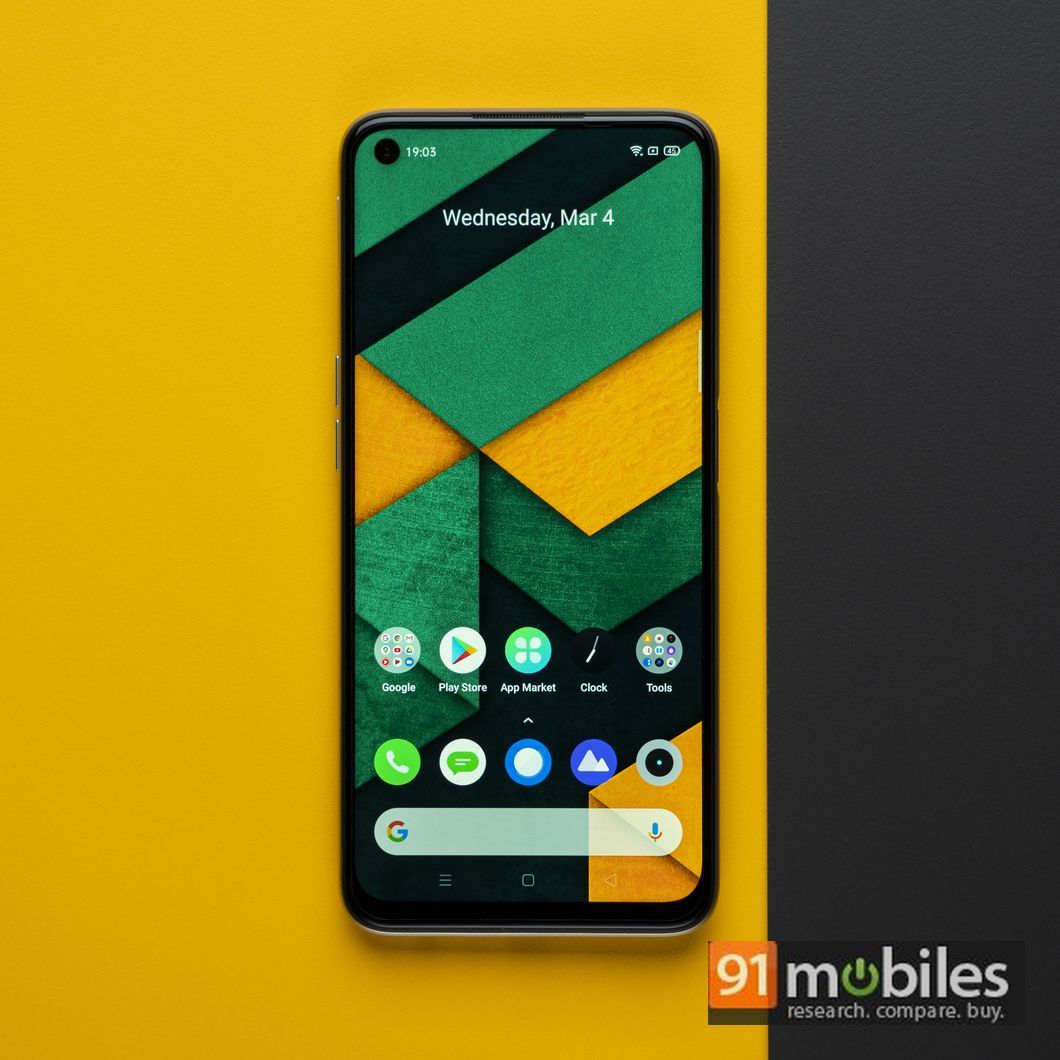
In optics, both Realme 6 and Realme 6 Pro sport quad-camera setup with 64MP primary sensor at the back. On the front, however, the standard Realme 6 smartphone sports a 16MP snapper, whereas the Realme 6 Pro comes with 16MP + 8MP sensors for selfies and video calling. Apart from this, the handsets feature fingerprint scanner for security, support for Dolby, Hi-Res Audio, double layers graphite, and copper foil, and connectivity options include 4G VoLTE, dual-band WiFi, Bluetooth 5.1, GPS/GLONASS, and USB Type-C. The Realme 6 comes with a starting price of Rs 12,999, while the Realme 6 Pro costs Rs 16,999 for the base model with 6GB RAM and 64GB internal storage.
2. OnePlus 8
While the OnePlus 8 Pro sports an astounding 120Hz display, the OnePlus 8 features 90Hz screen – which isn’t bad per se. The handset is an affordable flagship offering from the brand and succeeding OnePlus 7T from last year. The OnePlus 8 comes with the same form factor as its predecessor, thanks to a 6.55-inch Full-HD+ Fluid AMOLED display that has a punch-hole for selfie camera instead of waterdrop notch. The handset is powered by Qualcomm Snapdragon 865 SoC and houses a beefy 4,300mAh battery with Warp Charge 30T support.

In optics, the OnePlus 8 rocks triple rear cameras with 48MP primary sensor, 2MP macro sensor, and 16MP ultra-wide angle. The front camera of the phone features 16MP shooter for selfies and video calling. The handset runs Android 10-based OxygenOS out of the box with Dark Theme 2.0. The OnePlus 8 has been priced in India at Rs 41,999 for the 6GB RAM + 128GB storage variant, while 8GB RAM + 128GB storage option costs Rs 44,999. The top-end 12GB RAM and 256GB storage variant has been priced at Rs 49,999.
3. Mi 10
Mi 10 is Xiaomi’s flagship offering that touts a curved 6.67-inch full HD+ AMOLED display with 90Hz refresh rate. The handset is powered by Qualcomm’s finest piece of silicone to date, Snapdragon 865 SoC, coupled with 5G modem, Adreno 650 GPU, up to 12GB of RAM, and 512GB storage. It boots Android 10 OS with MIUI 11 custom skin overlaid on top, on the photography front, sports 108MP quad rear cameras. The setup consists of 108MP Samsung HM1 main sensor, a 13-megapixel ultra-wide, 2-megapixel macro and 2-megapixel depth sensors.
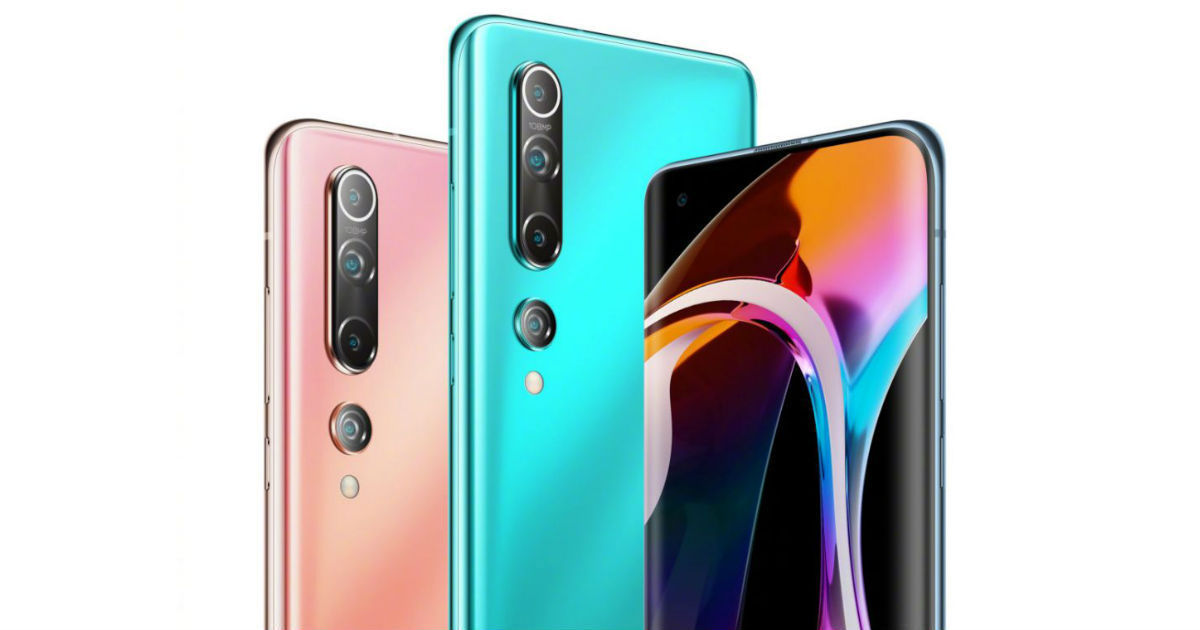
The Mi 10’s front camera is fitted with a 20MP shooter inside a punch-hole in the top-left for selfies and video calling. The entire setup is driven by a 4,789mAh battery with 30W fast charging. The Mi 10 was scheduled to launch in India on March 30th, but it currently stands postponed due to the ongoing coronavirus outbreak. The handset recently debuted globally in Europe alongside the Mi 10 Pro, which boasts the same specifications as the vanilla Mi 10. The only notable difference is the slightly upgraded 108MP quad rear cameras and a 4,500mAh battery with 50W fast charging support.
The Mi 10 price in India has been set at Rs 49,999 for the 128GB storage variant, while the 256GB option costs Rs 54,999.
4. Realme X50 Pro
The Realme X50 Pro is a 2020 flagship offering from OPPO’s former sub-brand Realme that packs 90Hz refresh rate display. The handset was launched in India back in February as the country’s first 5G smartphone. That’s possible thanks to the Qualcomm Snapdragon 865 SoC ticking at the X50 Pro’s core. The handset sports a 6.44-inch full-HD+ (2400×1080 pixels) Super AMOLED display made by Samsung that supports high refresh rate, in addition to HDR 10+, 1000+ nits brightness, and an in-display fingerprint sensor.
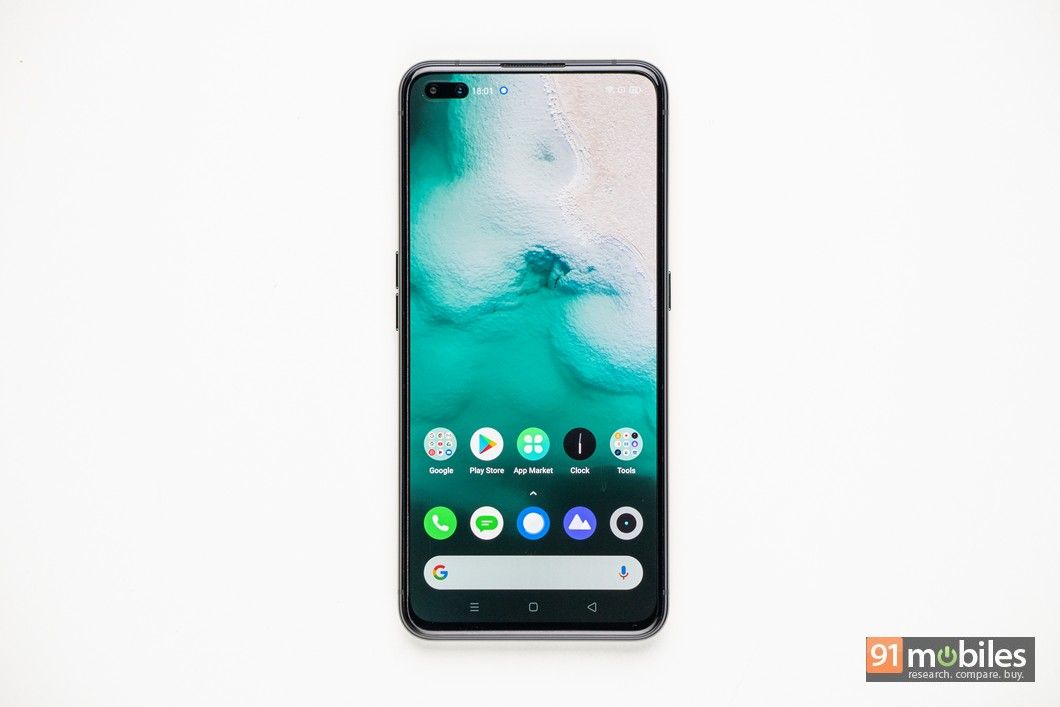
The Realme X50 Pro also features up to 12GB LPDDR5 RAM and 256GB internal storage. It ships with Realme UI based on Android 10 to take care of the software and a 4,200mAh battery with 65W SuperDart fast charging technology over USB Type-C port. The handset rocks a quad-rear camera setup with main 64MP wide-angle primary sensor, an 8MP ultra-wide-angle and macro camera, a 12MP telephoto lens with 20x zoom support, and a 2MP portrait camera. Upfront, the Realme X50 Pro gets a 32MP Sony IMX 616 main sensor and an 8MP ultra-wide-angle lens housed in a pill-shaped cutout. The Realme X50 Pro price in India starts at Rs 37,999 for the base model with 6GB RAM and 128GB storage option.
5. Realme X2 Pro
The Realme X2 Pro is among the cheapest phones with 90Hz display in India right now. The handset has been priced under Rs 30k, and apart from the headlining refresh rate feature, it also packs Snapdragon 855 Plus chipset, a 6.5-inch Fluid AMOLED Full-HD+ screen, and among the highest fast-charging tech in the industry. The Realme X2 Pro is a first-ever flagship offering from the brand, designed to take on the likes of the Redmi K20 Pro and OnePlus 7T.
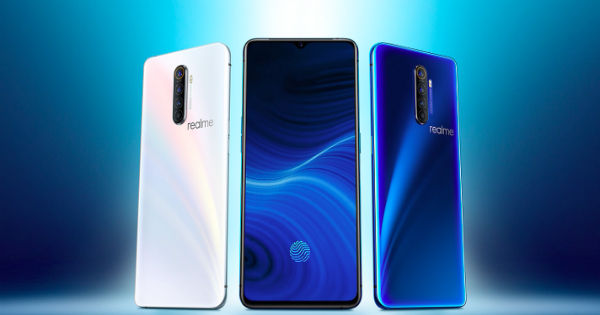
As for the cameras, the phone ships with quad rear cameras that houses a 64MP Samsung GW1 primary sensor, a 13MP telephoto lens with 20x hybrid zoom, an 8MP ultra-wide-angle lens with 115-degree field of view and is capable of capturing 2.5mm macro shots and lastly, a 2MP depth unit for portrait shots. It can record 4K 60fps videos and 960fps slow-motion as well. On the front, there is a 16MP selfie snapper accommodate in the waterdrop notch. The Realme X2 Pro also features a 4,000mAh battery with 50W Super VOOC fast-charging support.
6. OnePlus 7T series
The OnePlus 7T and OnePlus 7T Pro smartphones both pack 90Hz screen. In fact, the lineup has phased out the average 60Hz panels from the company’s portfolio. All the future OnePlus smartphones will now have a high refresh rate. While the 7T features the waterdrop notch display, the OnePlus 7T Pro comes with a pop-up selfie camera design and curved edge-to-edge panel – just like its predecessor the OnePlus 7 Pro.
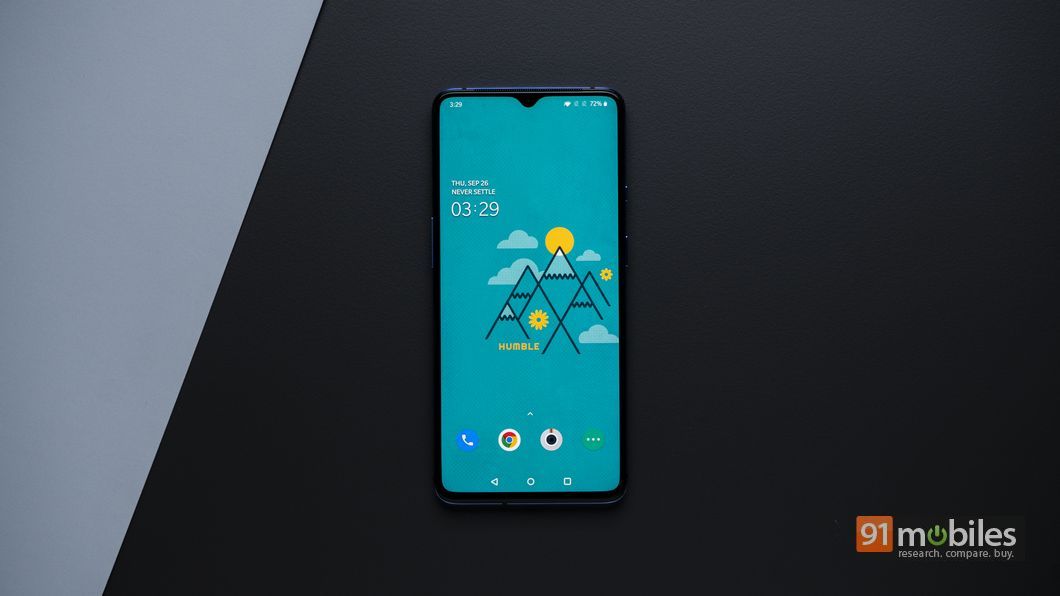
Both the OnePlus 7T smartphones are powered by Qualcomm Snapdragon 855 Plus chipset and sport triple rear cameras with a 48-megapixel primary sensor. The phones rock a beefy battery cell, latest fast charging tech, up to 256GB storage, and Android 10-based OxygenOS 10 out of the box.
7. Motorola Edge+
Motorola joined the bandwagon of 90Hz phones with its flagship Motorola Edge+. The handset has been unveiled in the country, with a hefty price tag of Rs 74,999. The Motorola Edge+ specifications include a curved 6.7-inch full-HD+ OLED Endless Edge display with 90Hz refresh rate and a punch-hole for the selfie camera. The handset is powered by Qualcomm Snapdragon 865 SoC paired with 12GB of RAM and 256GB UFS 3.0 storage onboard.
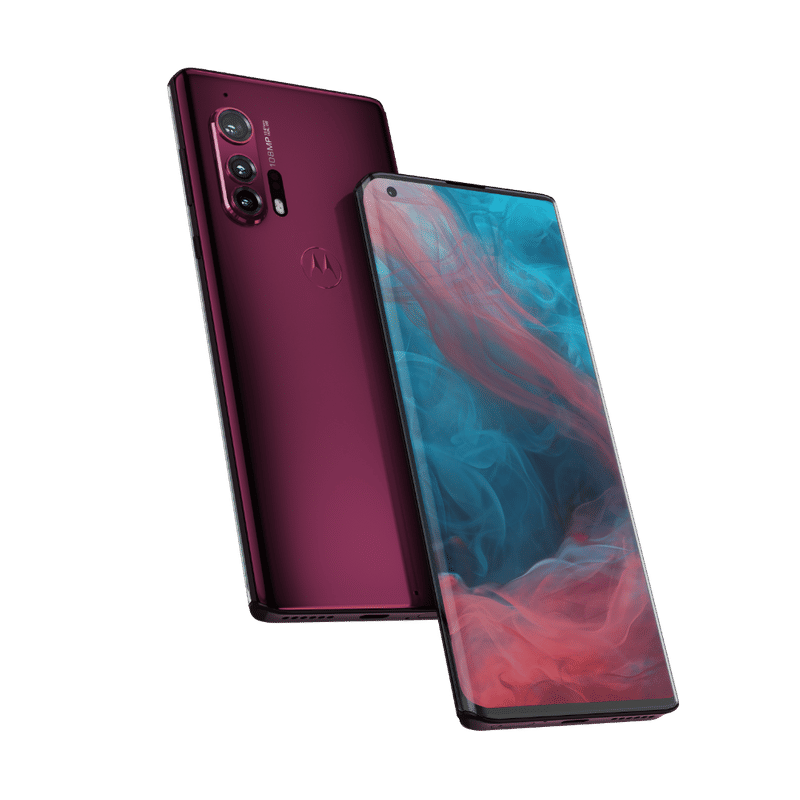
For photography, the Edge+ sports 108MP quad rear cameras. The front camera of the phone gets a 25MP sensor with f/2.0 aperture for selfies and video calling. A 5,000mAh battery with 18W wired fast charging and 15W wireless charging fuels the handset, while Android 10 takes care of its software side of things.
8. nubia Red Magic 3s
Next in the list of phones with 90Hz screen is nubia’s gaming-focused Red Magic 3s smartphone. The handset is an iterative upgrade from the Red Magic 3 smartphone, which was introduced earlier this year. The Red Magic 3s sports a 6.65-inch Super AMOLED display that bears 90Hz refresh rate, DC dimming, HDR support, and full-HD+ (1,080p) resolution.
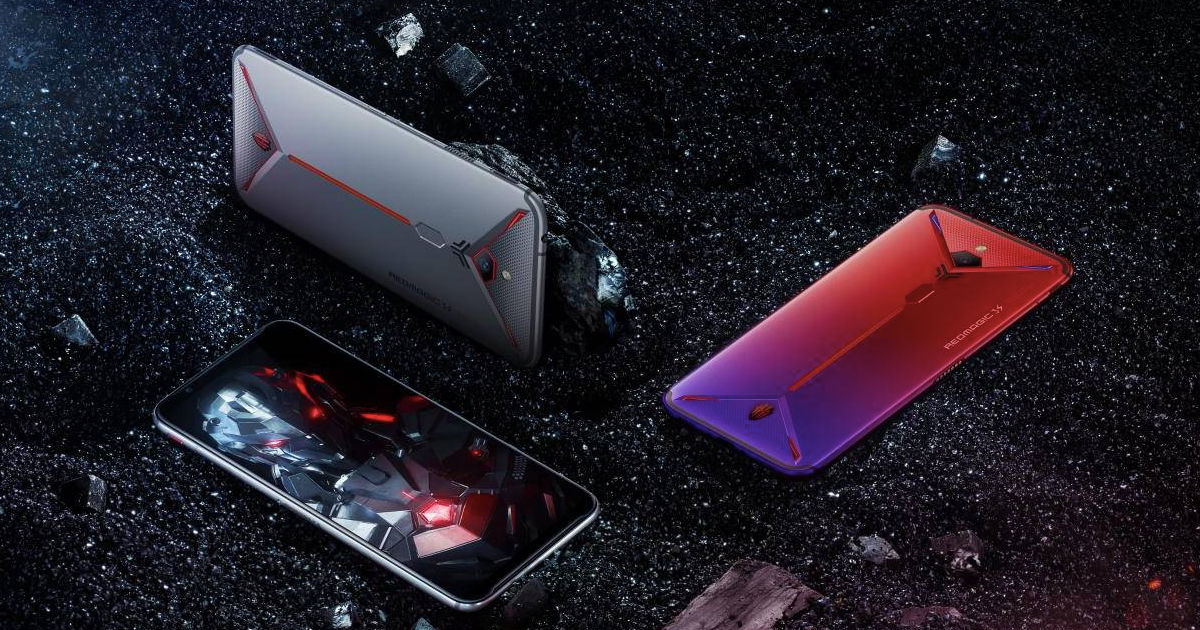
At the phone’s core lies Qualcomm’s Snapdragon 855 Plus mobile platform that has higher clock speed and graphics performance than the regular Snapdragon 855 SoC. The Red Magic 3s is also equipped with 8GB of RAM, an active cooling system that uses liquid cooling and a turbofan with an improved air inlet.
9. OnePlus 7 Pro
The OnePlus 7 Pro was the first-ever mainstream smartphone to sport the 90Hz refresh rate display – the vendor calls it Fluid AMOLED. The handset sports a curved 6.67-inch Fluid AMOLED screen with Full-HD+ resolution, HDR10+ support, and in-display fingerprint scanner. Thanks to the pop-up selfie camera design, the OnePlus 7 Pro has an all-screen design without the interference of a notch or bezel. The phone sports an impressive 19.5:9 aspect ratio and 88.3 percent screen-to-body ratio.
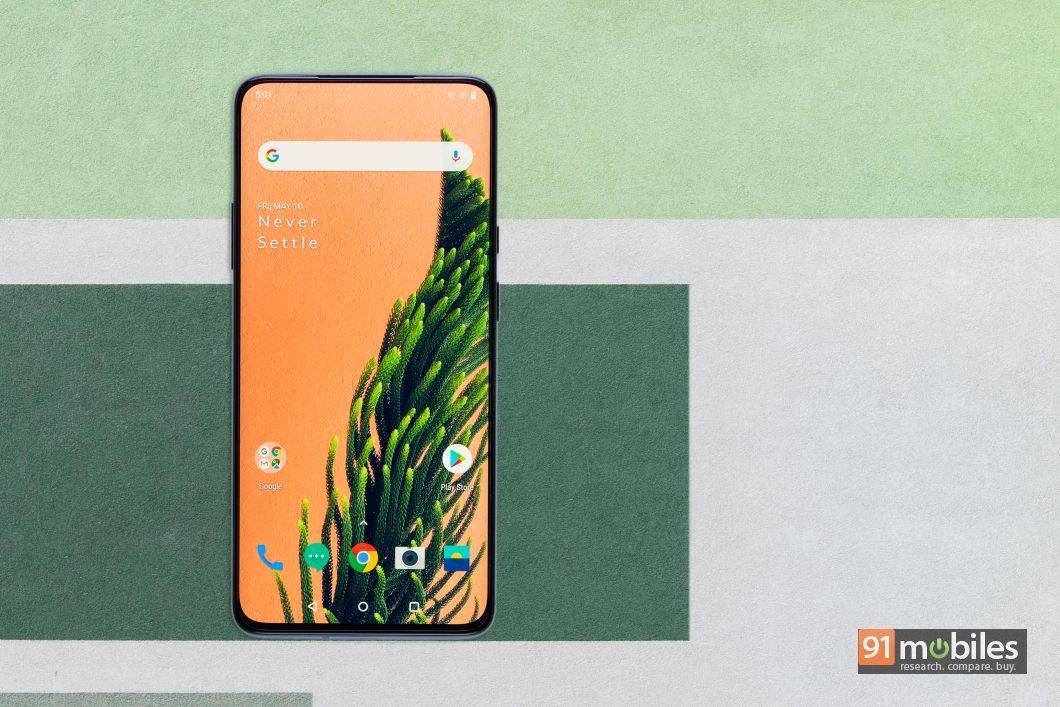
Other highlights of the phone include triple rear cameras with 48MP primary camera, Snapdragon 855 SoC, Gorilla Glass 5, up to 12GB of RAM, and 4,000mAh battery with 30W fast charging support.
10. OPPO Reno 3 Pro
The Chinese Reno 3 Pro smartphone is another offering of 2019 that packs the high refresh rate screen. The handset sports a 6.5-inch OLED 90Hz display with Full-HD+ resolution and a punch-hole for selfie camera at the top left corner. The display also rocks an optical fingerprint scanner for security, HDR 10+ support, and 92.1 percent screen-to-body ratio.
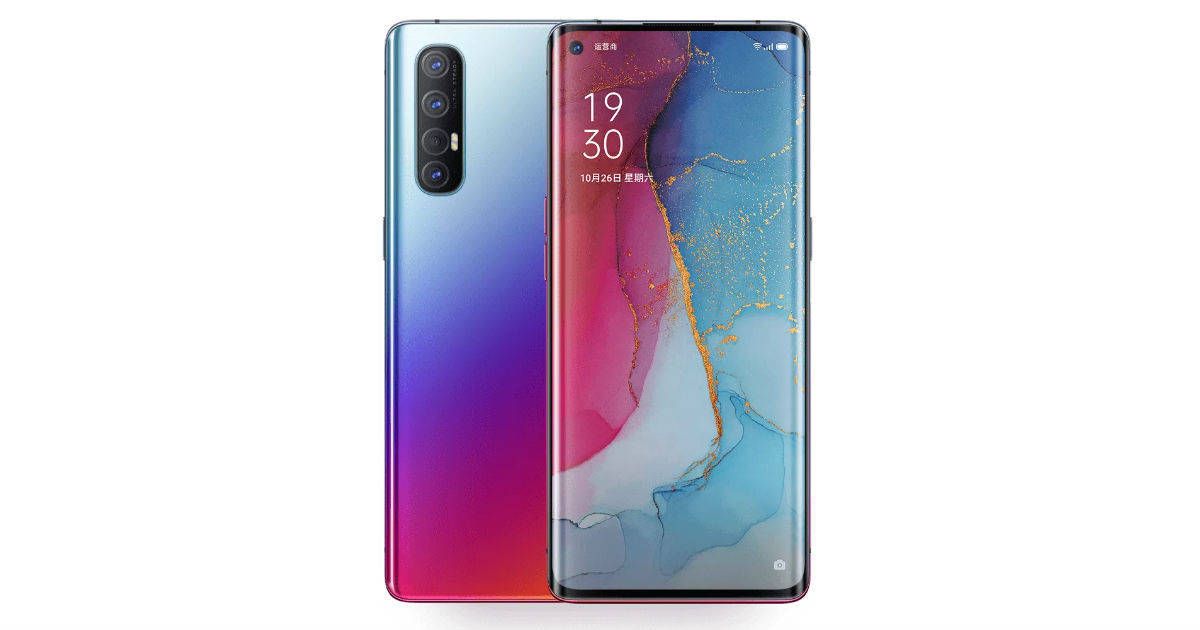
The OPPO Reno 3 Pro offers 5G connectivity and is powered by the latest Qualcomm Snapdragon 765G gaming-focused chipset. The chipset is paired with up to 12GB of RAM and 256GB storage onboard. The phone features a 48MP quad-camera setup and 32MP sensor on the front camera for selfies. The Reno 3 Pro runs Android 10-based ColorOS 7 and houses a 4,025mAh battery with VOOC 4.0 30W fast charging. There is no word when the OPPO Reno 3 Pro will make its debut in India.
11. OPPO Ace2
The OPPO Ace2 is the latest smartphone from the to sport 90Hz screen. OPPO has introduced the handset only in China so far. It’s an Android-powered flagship offering with Snapdragon 865 SoC and a 6.5-inch full HD+ AMOLED display that bears refresh rate of up to 90Hz refresh rate and 180Hz touch sampling rate. The screen also features a punch-hole for the selfie camera and in-display fingerprint scanner.
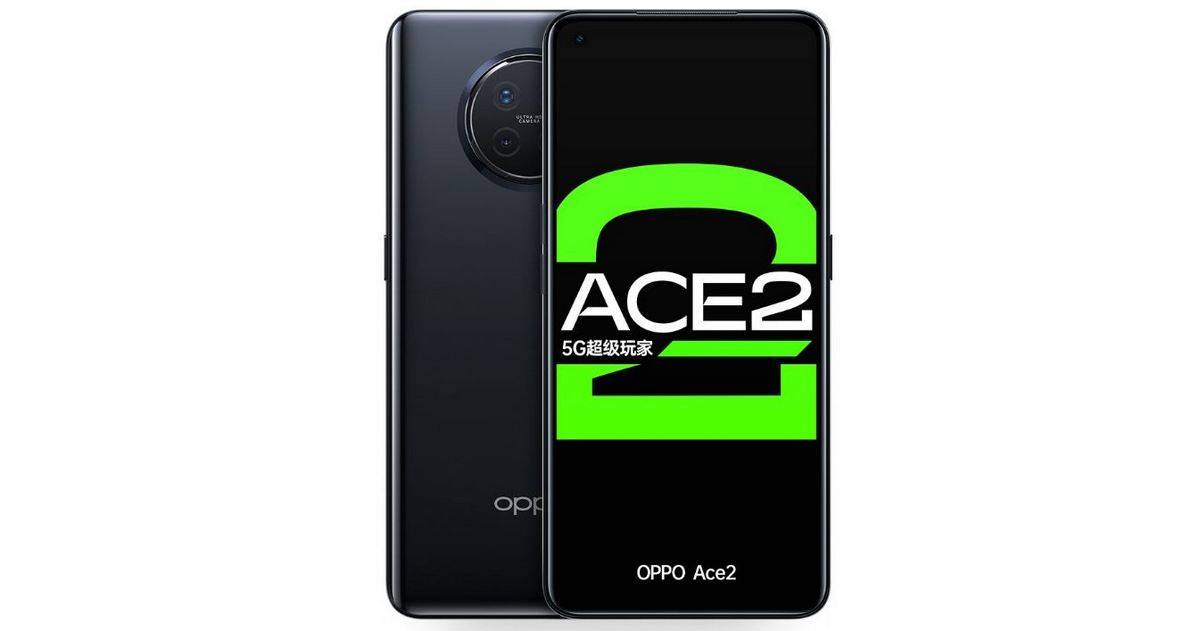
The Ace2 is driven by a 4,000mAh battery with the fastest 65W SuperVOOC 2.0 wired charging and 40W AirVOOC wireless charger, which Oppo claims can complete a full charge cycle in only 56 minutes. For photography, the handset bears 48MP quad rear cameras and 16MP selfie camera. The software front is covered by Android 10 with ColorOS 7.1 on top. Other features include 8GB/12GB of RAM and 128GB/ 256GB storage onboard, Wi-Fi 6, NFC, and 10W reverse wireless charging.
12. Pixel 4 series
Although the Pixel 4 series is not coming to India, it’s one of the smartphones out there to sport 90Hz screens. Both the Pixel 4 and Pixel 4 XL sports display with a high refresh rate. The handsets are the latest flagships from Google that comes running Android 10 out of the box and features dual rear cameras with a dedicated telephoto lens.
The Pixel 4 lineup also features Soli radar sensor to detect your presence and motion and facial recognition. The handsets are driven by Snapdragon 855 mobile platform paired with 6GB of RAM and 64GB/ 128GB storage onboard. While the Pixel 4 houses a 5.7-inch display and 2,700mAh battery, the XL version features a 6.3-inch QHD+ display and 3,700mAh battery.
from 91mobiles.com https://bit.ly/2XhzKX9
via gqrds
No comments:
Post a Comment